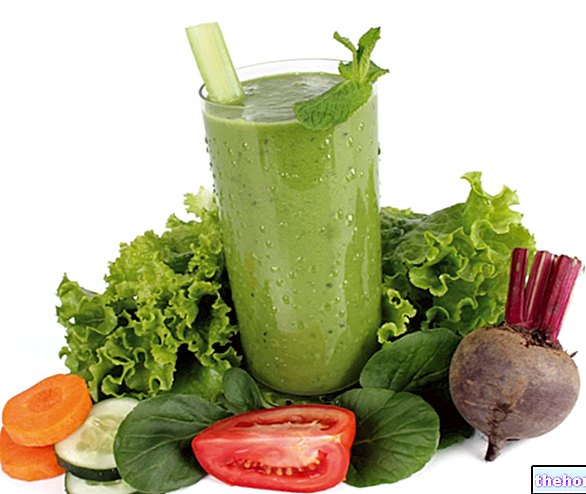«Hahnemannian dilutions and dynamization
Korsacovian dilutions
This technique of preparing homeopathic remedies is named after a military doctor, Captain Korsakov, a direct student of Hahnemann. Finding himself in the middle of a military campaign, with the need to treat the wounded and the epidemics of respiratory and gastrointestinal diseases (at that time there were no antibiotics and homeopathy was also used in acute cases, with good success), without the necessary glassware , Korsakov was forced to invent a practical method of preparation on the spot.

Suppose we use one gram of table salt (Natrum muriaticum) in 99 cc of water; the dynamization procedures follow with the canonical 100 succussions in a vertical direction. At this point, the contents of the bottle are thrown away; on its walls, however, due to the adhesion of the water, a certain minimum quantity of product remains, which acts as a base substance for dilution and subsequent dynamization. The bottle is then refilled with 99 cc of water and dynamized obtaining the first dynamization korsakoviana, which is indicated with 1 K. The limit of this method is essentially the lack of precision. In fact, the degree of effective dilution depends on the shape and size of the container used. On the other hand, there is a small advantage in saving time and material, which allows to prepare very high dynamizations, beyond the two hundredth, without an increase in cost.
Over time, we tried to establish an approximate relationship between the Korsakovian dilutions and the centesimal and decimal dilutions:
6 K = 4 CH = 8 D;
30 K = 7 CH;
200 K = approximately between 9 and 12 CH.
The intermediate or higher dilutions are calculated with approximation, making an arithmetic proportion; for example, to calculate the Korsakov dilution corresponding to a 30 CH, we perform this proportion:
30 (K): 7 (CH) = x (dynamization k to know): 200 (CH);
the development of the proportion is: 200 times 30 divided by 7 = 857 K.
But if from the point of view of dilution the 200 CH and 857 K are comparable, they differ substantially from the point of view of dynamization, that is of the vertical succussions to which they have been subjected in the various passages; the 200 CH underwent 200 per 100 = 20,000 shaking, while the 857 K underwent 857 per 100 = 85,700, ie more than four times the 200 CH.
To complete the topic on dilutions and dynamizations, we must finally mention the modern method of "continuous fluxion", which allows the preparation of very high powers at low costs; it consists of an uninterrupted passage of the diluent in an alembic, whose walls are The basic substance is adhered. Therefore it broadly follows the Korsakovian preparations, but unlike them, in the continuous flux there are no precise passages from one power to another (Korsakov threw the contents of the bottle outside at each passage) and "stirring occurs constantly, as does the passage of the diluent in the still."
Bibliography: notes from the degree course in science and technology of dietary and cosmetic herbal products, University of Ferrara, Prof. Alessandro Bruni
Disclaimer
The practices described here are not accepted by medical science, have not been subjected to experimental tests conducted with a scientific method or have not passed them. This information is for illustrative purposes only.









.jpg)


















